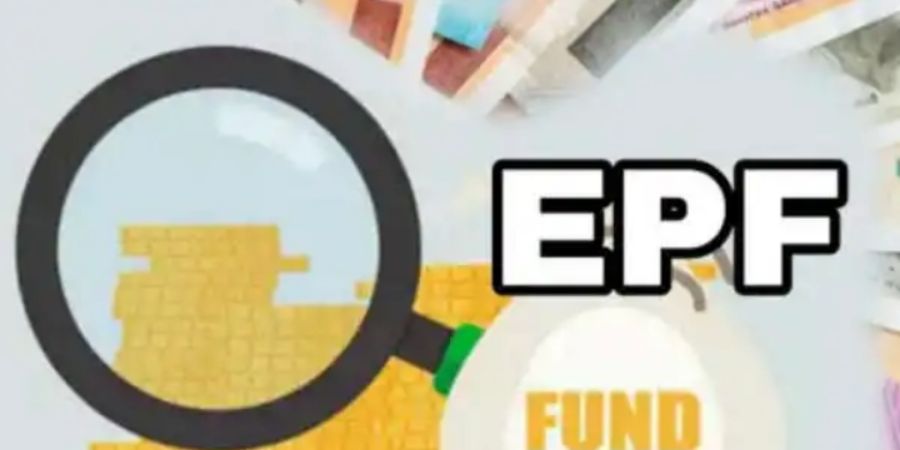

New Delhi, May 29. Apart from higher returns and security than investment options like FD and PPF, the biggest benefit of receiving an EPF (Employees Provident Fund) is the exemption-exempt tax status. That is, all money on your deposit, interest, and maturity is tax-deductible. However, did you know that there are certain conditions when levying EPF tax? For example, if the contribution to the EPF account made by the employer in a financial year exceeds a certain limit, it will be taxed. There are other cases when you have to pay tax on EPF. Let us know about some more events like this. What is the rule,
Under current law, an employee's contribution to an EPF account is not taxable. However, as per the rule effective from April 1, 2020, if the employer's contribution to the EPF account exceeds Rs. Experts say the employer's additional contribution to the EPF, NPS, and/or pension fund (overvaluation) will be taxed as required by the employee. The employer must calculate the amount of tax that will be reflected on your Form 16. Suppose an employer contributes Rs. 1 lakh to a pension fund, Rs. 5 lakh to an NPS, and Rs. 2 lakh to an EPF account. In a financial year. This is a total of Rs 8 lakh, which is Rs 50,000 more than the tax-free limit of Rs 7.5 lakh. In this way, the employee has to pay tax on the additional contribution.
If no contribution is made to NPS and pension fund
Suppose an employee does not have an NPS account and pension funds. However, the employer's contribution to the EPF account for a financial year is Rs 8.5 lakh. In this case, too, the employee has to pay more than Rs 7.5 lakh.
Tax on interest in EPF account
By the way, interest earned on the EPF account is tax-deductible. But there are two circumstances in which interest received is taxable. From April 1, 2021, if an employee's contribution exceeds Rs. Second, as mentioned above, if the employer's contribution to the EPF, pension fund, and NPS is more than Rs 7.5 lakh in a financial year, interest on additional contributions will be taxable
If the money is withdrawn from the EPF account at the time of maturity or partially withdrawn as allowed under the EPF scheme (for marriage, such as building a house), then the withdrawal is tax-deductible. There is. Full withdrawal from the EPF account is allowed. This can be done when an employee leaves his job and does not get a new job after two months. In such a case, withdrawals from the EPF account will be taxable, depending on how long the EPF account has been active.
Learn the complete rules
Such withdrawals are tax-deductible if the money is withdrawn from the EPF account after 5 consecutive years of service. On the other hand, if the continuous service is less than five years, the withdrawn amount will be taxed. Also, if the withdrawal amount is more than Rs. 50,000, DTS will be applicable at the rate of 10%. Please note that DTS for EPF withdrawals is applicable before the completion of 5 years of service and before withdrawals of more than Rs.50,000.






